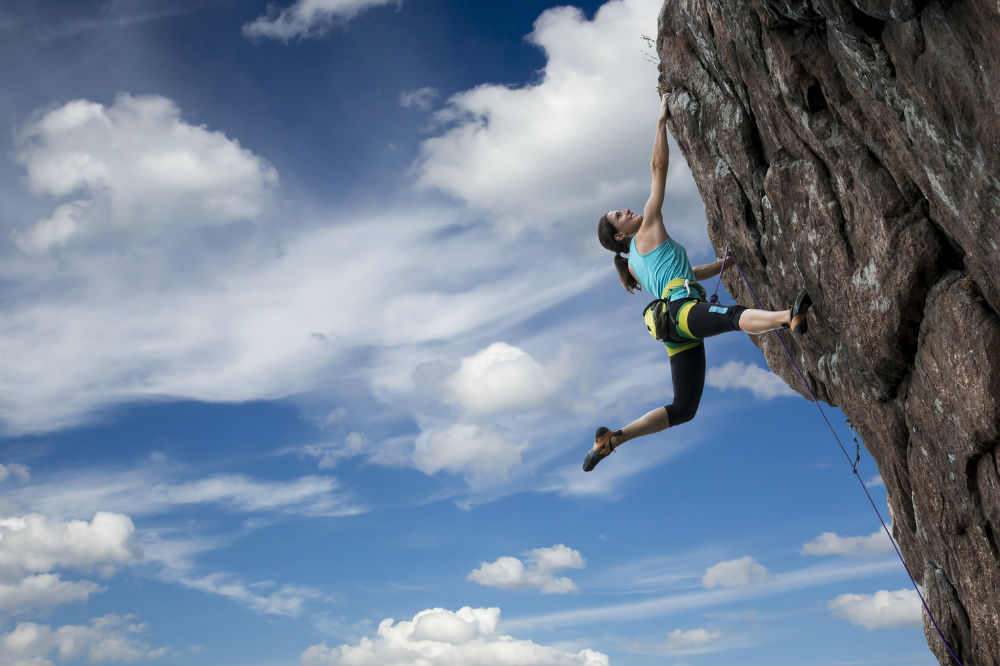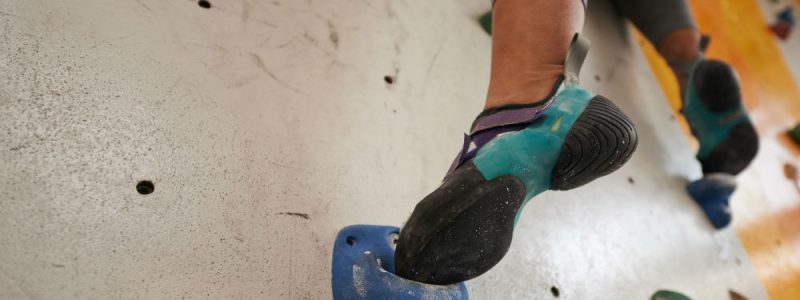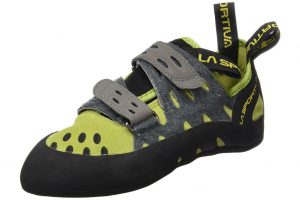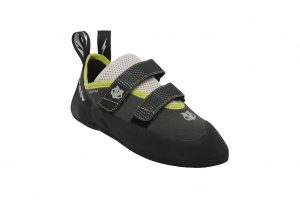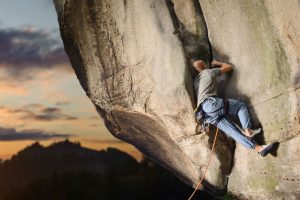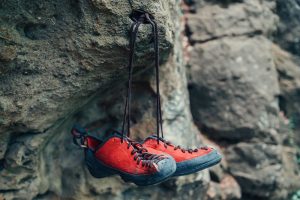Choosing your first pair of climbing shoes is undoubtedly challenging. There is a tremendous abundance on the marketing and having to go through it in order to find the perfect pair of climbing shoes could get quite overwhelming.
You need to consider specific characteristics such as profile shape, linings, closure types as well as asymmetric curvature in order to make sure that you’ve handpicked the best model.
This is the main reason for which we’ve taken the liberty to provide you with a helping hand when it comes to the things that you need to be looking out for. Without any further ado, let’s have a look at the important specifications of a climbing shoe that you have to be aware of.
The profile shape
The profile shape of a climbing shoe can range from an aggressive and rather claw-like downturn to a regular flat position one. However, a lot of the models would actually fall somewhere right in the middle.
The flat profile shape
This type of climbing shoes allows your foot to rest in a position which is a lot more natural and it provides a very comfortable fit. When you combine it with a convenient stiff or medium midsole, the flat profile is also going to deliver proper edging ability and a well-rounded climbing performance.
If you are a beginner who is getting into moderate face-climbing and like to explore multi-pitch routes, this is the perfect profile for you. What is more, this type is also very convenient for crack climbing as it’s going to make sure that your foot is kept in a flat position.
The downturn profile shape
Unlike the previous profile, the aggressive downturn is particularly easy to spot thanks to the claw-like profile that it comes with. You wouldn’t have any troubles finding this type of climbing shoe as it’s quite common.
If you are looking for the perfect pair of shoes for bouldering, overhanging sport climbing as well as for steeper challenges, this is the one to go with. You can further the capabilities of the shoe by combining it with a more sensitive midsole.
Asymmetric Curvature
Now, the asymmetric curvature of the designated climbing shoe could actually be observed when you take a look at the sole. The curved shape of the sole is going to range from a moderate and rather natural profile to an incredibly curved and more of a banana-like shape. Of course, this is for a good reason.
This is designated to channel the weight of your body directly over you big toe. This, on its part, is going to allow you to add a lot more precision and confidence to your climbing undertakings. To a certain regard, if you have a curvature with a higher degree, this is likely to result in far better performance.
However, this is also something which can just as well cause quite a lot of foot discomfort if you are just starting to get into climbing. If you are inexperienced and your feet haven’t yet gotten used to this, you might want to go for flat profile with a regular asymmetric curvature as this is going to provide you with additional comfort.
Lined or Unlined?
This is another specification of your climbing shoes that you must definitely account for. The uppers of the shoes will by either unlined or lined. If they are unlined, they would usually be made out of leather or suede.
This means that the shoe is likely to stretch up to about half or full size as time goes. Selecting the stretch of the shoe is absolutely imperative when you pick the perfect pair and that’s something that you have to consider.
A shoe which has a synthetic lining in its upper is unlikely to stretch a lot, if it does at all. It is designated to maintain its box fit as time goes. If you are looking for a stable solution, this is the obvious choice.
Closure type
Now, typically, there are three types of closure that you will find on the majority of climbing shoes and picking the one that you want is a matter of personal preference. The types are: slippers, hook-and-loop straps and lace-ups.
Lace ups are capable of being adjusted throughout the entire length of the sure. They are known to provide the most secure as well as the best fit. However, this would also mean that you have to spend some time taking them off.
Hook-and-loop straps, on the other hand, can be easily cinched down in order to provide you with a good and firm secure fit. They are also easy to get off so this is usually the type of shoe that people would prefer for bouldering and for gym-climbing.
Slippers are incredibly easy to take on and to take off but they also provide a rather sensitive fit which is a little awkward for most of the users. This is the main reason for which they are the most common choice for training but not for serious undertakings.
Conclusion
As you can see, there are quite a few different things that you might want to take into account when it comes to picking the best climbing shoes. It’s important to understand that you would most definitely have to consider your own personal preference as well as the undertakings that you’d like to take up.
There are different types of climbing shoes with a lot of different specifications which are designated for various climbing activities. This is why you should have something in mind when you go out and start shopping for the perfect pair.
In any case, the current tips are useful enough to enable you to navigate through the sea of options. When you are aware of the main characteristics of the climbing shoes and what are they designed and intended for, it gets a lot easier to pick the best pair. This is definitely something to consider.
